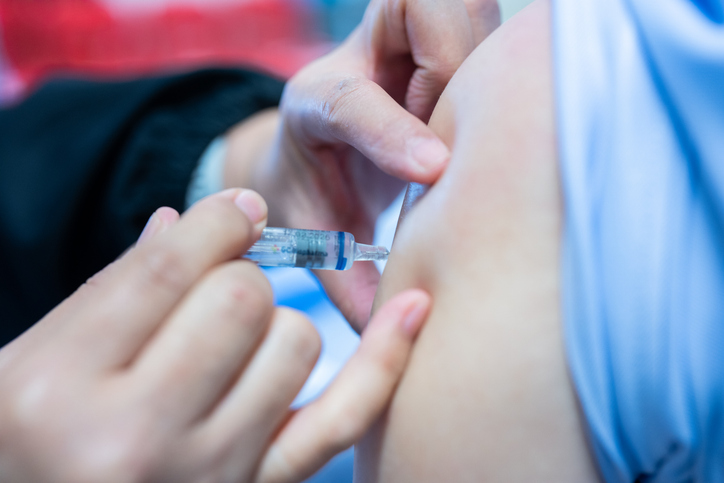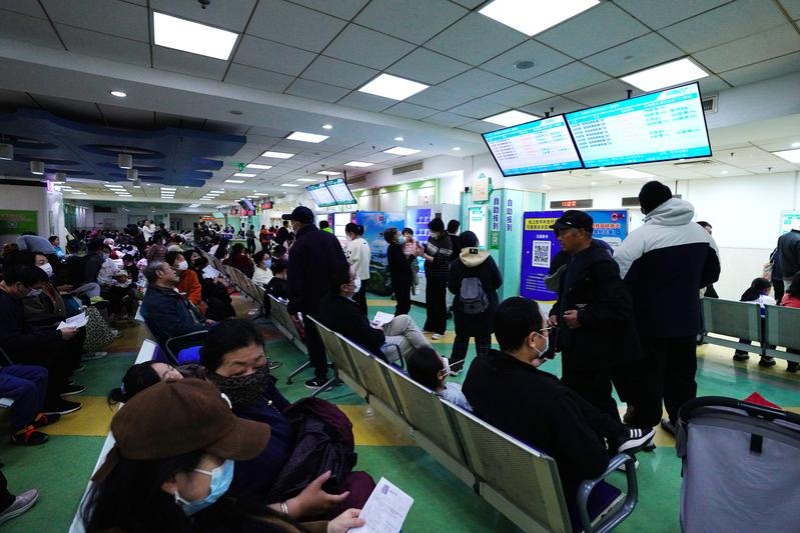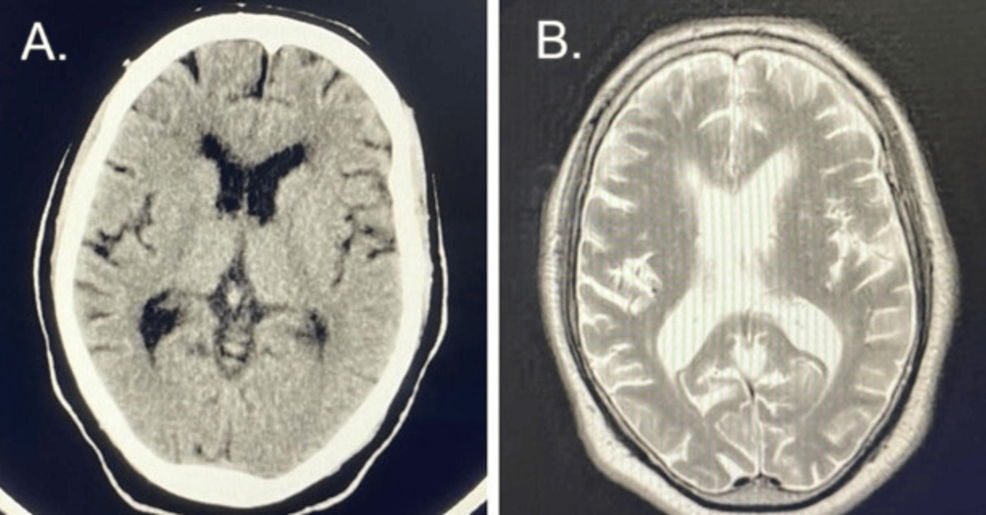Updated on: Dec 12, 2025 01:44 pm IST
Category: 6. Health
-

Ireland struggles with flu vaccination as hospital admissions surge
The Irish government has voiced concern over low uptake of flu vaccines as hospitalisations rise sharply, with health officials reporting influenza spreading earlier than in recent years.
The Health Protection Surveillance Centre (HPSC) confirmed…
Continue Reading
-

Brain Health: How to Stay Sharp for Life
Dr. Majid Fotuhi, MD, PhD, discusses how to drastically improve brain health in 12 weeks as he prepares the publication of his upcoming book, scheduled for March 3, 2026: The Invincible Brain: The Clinically Proven Plan to Age-proof Your Brain…
Continue Reading
-

Influenza rate still high despite downward trend in some regions
Influenza remains at a high level of prevalence in China while positive test rates of the virus trended up during the first week of this month, according to an online report published by the Chinese Center for Disease…
Continue Reading
-

What went right this week: the good news that matters
Groundbreaking innovation could map soil healthSoil. It’s the foundation for terrestrial life, yet we know relatively little about what’s beneath our…
Continue Reading
-

Enhancing breast cancer screening to save young women’s lives • healthcare-in-europe.com
Women aged 35–39 were statistically overrepresented compared with other age groups, indicating a strong interest among younger women in personalised screening options
Madli Tamm
According to Professor of Medical Genetics Neeme Tõnisson, the…
Continue Reading
-

Rapid identification of clinical carbapenem-resistant Klebsiella pneum
Introduction
Klebsiella pneumoniae (K. pneumoniae) is among the main pathogens that cause hospital-acquired infections. The proliferation of carbapenem-resistant strains worldwide has elevated them to the status of a critical public health…
Continue Reading
-

New Zealand GP explains ‘why healthy people still have heart attacks’: Normal BMI but excess visceral fat…
A reliance on Body Mass Index (BMI) alone to assess heart health risk could be giving millions of people a false sense of security, warned New Zealand-based general practitioner, Dr Brad Stanfield, in a November 16, 2025 video on his YouTube…
Continue Reading


